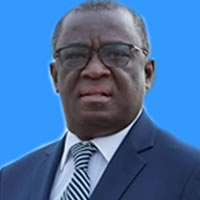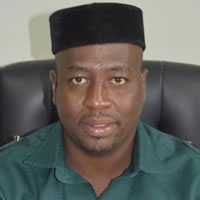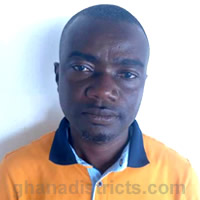The District relatively has a reasonable number of public and private schools that provide education to the people within the district especially at the basic and second cycle levels. For the public schools, there are Fourty-Two (42) pre-schools, Fourty-Three (43) primary schools, Forty (40) Junior high schools, and One (1) Senior High schools. With regards to the private schools, Fourteen (14) are pre-schools, Fourteen(14) primary schools, Ten (10) Junior High schools, One (1) Senior High schools.
These public and private educational institutions provide human resource development opportunities for children and youth in the district. The distribution of these educational institutions is shown in the table below on Circuit bases.
Distribution of Schools by Circuit
The total number of Public Basic Schools in the district is 125 with Sekyere circuit having 42 schools representing 33.6% followed by Anyinam, Enyeresi and Kadewaso circuits 36, 26 and 21 representing 28.8%, 20.8% and 16.8% respectively.
The District has 163 basic schools for both public and private school with public schools are 125 while the private has 38 schools. The table shows the summary of available public and private schools in the district.
Enrolment in School
The enrolment rate is encouraging for both public and private basic schools however the enrolment for girls falls short of the standard. Therefore, there is the need to put measures in place to facilitate the enrolment of girls to bridge the disparity. The table shows the enrolment of both boys and girls in the various sectors in the circuits.
Staffing situation in basic schools
The JHS has 1,599 teachers in the district of which 1,227 are trained teachers in the public basic schools while 185 untrained teachers. There are 11trained teachers and 196 pupil-teachers in the private schools. The average pupil-teacher ratio is about 1: 15 for both public and private schools in the district. Measures should be put in place to improve pupil-teacher ratio to enhance performance.
Primary School Infrastructure
School infrastructure at the primary schools in the district is still inadequate even though the district assembly has provided a number of new classrooms blocks and furniture. The number of classrooms blocks built with cement is 432 with 97.07% while that of primary schools with swish/mud is 13 representing 2.93%.
With regard to the circuit bases, Sekyere has 143 schools representing 33.10% built with cement but 4 schools with 30.77% built by swish/mud. Anyinam circuit has the second higher of 134 schools representing 31.02% built by cement while Kadewaso has the least 70 schools with 16.20% built by cement.
The district has 11,653 furniture which consist of 5482 tables with 47.04%, 6127 chairs representing 52.58% and 44 cupboard with 0.38%. The pre-schools and primary school infrastructure is inadequate which to be provided for in order to enhance teaching and learning in the district. There is the need for measures to be put in place to ensure the provision of school infrastructures and furniture to improve enrolment and performance. The table below shows the primary school infrastructure distribution in the district.
Junior High School Infrastructure
At the JHS level, the cement blocks stand at 33 in 2016 while swish/mud stood at 7 in 2016. The total number of tables and chairs are 2162 and 2,200 respectively whereas 36 cupboards distributed district wide. On the circuit basis, Anyinam and Sekyere have the higher cement blocks of 12 and 11 respectively. However, there are no JHS wooden structures and schools under trees in the district.
With furniture situation in the circuit level, Anyinam circuit top the list with 802 tables and 802 chairs with 15 cupboards. Kadewaso circuit has the least, 358 tables and 360 chairs with 6 cupboards. District Assembly should facilitate the replacement of schools with swish/mud with cement blocks and beef up the furniture situation to bridge the infrastructure deficit in the district. The table below shows the Junior High School infrastructure distributed among the eight circuits.
Physical Conditions of Public Basic Schools
The physical conditions of public basic schools are not so good. 105 out of 125 schools have good building for teaching and learning, the rest are so poor to be used for academic work.
Date Created : 3/28/2019 5:30:35 AM





